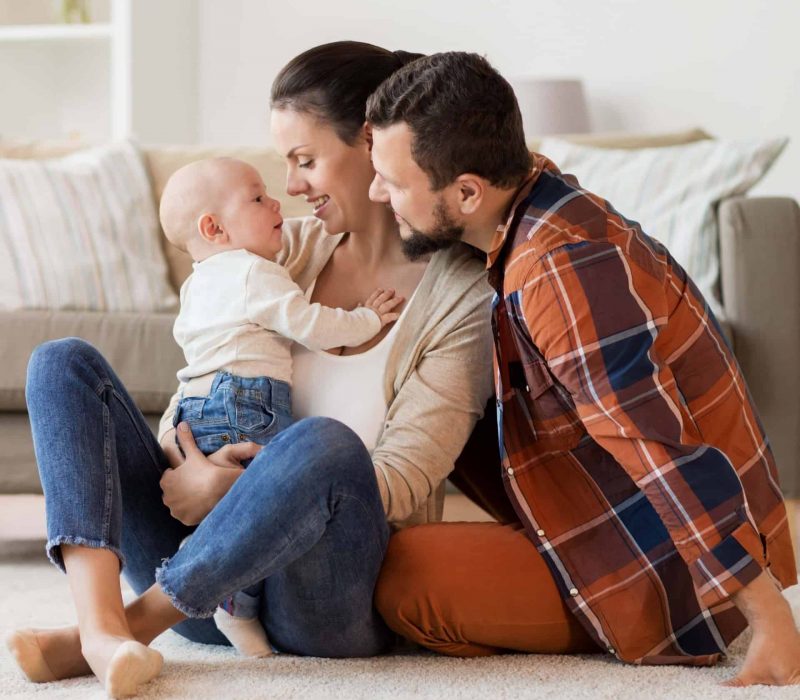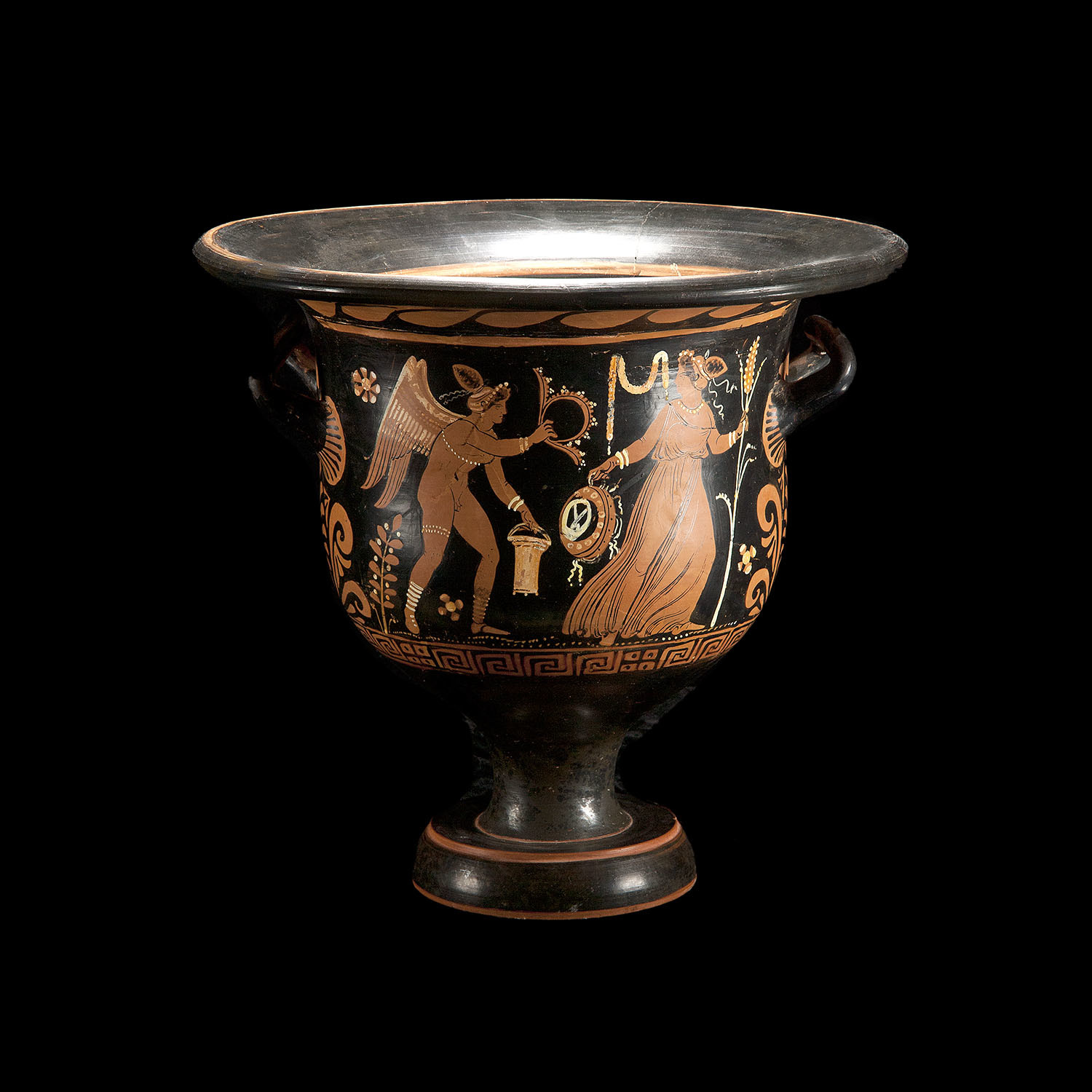- Dec 20, 2019
- 3,884
- 116
Estimated reading time: 6 minutes
What are the top 10 best toys for babies? Experts recommend traditional toys as best for teaching all the skills your baby should develop in the first months of life.
Parents want toys that are educational and safe for their babies. Contrary to what advertisers say, tablets and electronic toys do not make the list as ideal for a child’s first year. Experts recommend traditional toys as best for teaching all the skills your baby should develop in the first months of life. And even better news for today’s cash-strapped parents: traditional toys are inexpensive.
Moms and dads know their newborns should eventually learn to feed themselves and walk. They want them to say “mama and dada” and communicate. However, many parents are unaware of the skills that must be mastered for those big milestones to occur, including abilities like visual tracking, motor imitation, direct eye contact, and interpreting nonverbal communication.
These skills are not learned on electronic tablets or smartphones. Playing with real people using traditional toys sets your child up to meet all their first-year milestones.
To give your baby the best first year ever, here are my top ten toy recommendations:
While educational apps and videos on electronic tablets are what many believe is best for their baby’s overall development, research consistently points to traditional toys as superior. The good news is that non-electronic toys are less expensive and, better yet, many are open-ended. Open-ended toys require your baby to create games using their imagination.
Electronic toys often have a task to complete, such as matching the colors or pushing a button. But more brain power develops when your baby can create games and interact with people. When children play on tablets or smartphones, they do so alone, which is why many of today’s children struggle with communication and social skills.
To learn more ways to enhance your baby’s first year, download my free resource, 10 Ways to Boost Your Baby’s Development, and set your baby up for success.

Take the Assessment!
The post Top 10 Best Toys for Babies and Why appeared first on Focus on the Family.
Continue reading...
What are the top 10 best toys for babies? Experts recommend traditional toys as best for teaching all the skills your baby should develop in the first months of life.
Are traditional toys for babies best?
Parents want toys that are educational and safe for their babies. Contrary to what advertisers say, tablets and electronic toys do not make the list as ideal for a child’s first year. Experts recommend traditional toys as best for teaching all the skills your baby should develop in the first months of life. And even better news for today’s cash-strapped parents: traditional toys are inexpensive.
Moms and dads know their newborns should eventually learn to feed themselves and walk. They want them to say “mama and dada” and communicate. However, many parents are unaware of the skills that must be mastered for those big milestones to occur, including abilities like visual tracking, motor imitation, direct eye contact, and interpreting nonverbal communication.
Top 10 recommendations
These skills are not learned on electronic tablets or smartphones. Playing with real people using traditional toys sets your child up to meet all their first-year milestones.
To give your baby the best first year ever, here are my top ten toy recommendations:
- Black-and-white cards—Babies see only black, white, and gray in their first few months after birth. Cards or toys decorated with simple black, white, and gray images are best because they help your child improve his visual tracking and sustained focus. Visual focus and tracking are essential in developing future cognitive, motor, and communication abilities.
- Baby-safe mirrors – One of the things most interesting to babies is faces. They enjoy looking in the mirror as you point out eyes, nose, and mouth, make funny faces, stick out your tongue, or wave bye-bye. During these games, your child learns to understand facial expressions, imitate sounds, and identify body parts, which are essential in building cognitive and communication skills.
- Foam floor mats – Whether it is tummy time or learning to roll and sit, babies need safe places on the floor to play. Foam mats can be helpful for years and are a good investment. They are also easy to clean. Freedom to physically explore the environment is vital for mastery of motor skills.
- Balls – Babies love balls, but do not buy foam or felt ones. Your child will explore toys by putting them in their mouths, so you do not want a choking incident. Buy balls that your child can pick up easily, but are not small enough to be a choking hazard. Balls are versatile toys. They can be rolled back and forth, put in and taken out of containers, and tossed about. A few are plenty. The more you have, the more you will pick up. Playing with balls teaches motor imitation, back-and-forth social play, and eye-hand coordination.
- Pop-up toys – When your baby sits and crawls, he will be interested in cause-and-effect toys, such as pop-ups. These toys allow your child to push a button, slide a switch, or turn a knob, and a fun and engaging action occurs. These toys also build strength and dexterity in your child’s hands, which he will need later for feeding and dressing. Look for pop-up toys that offer a variety of switches, not just push buttons. Various styles of pop-up switches increase cognitive and problem-solving abilities.
- Blocks—Wooden blocks are ideal. Interlocking or magnetic ones are okay, but stacking regular blocks requires more patience and skill. Suppose your child’s blocks have stamped images of animals, letters, and numbers. In that case, these will be useful for teaching the names of objects and letters or identifying colors. Blocks, like balls, are open-ended toys that allow your baby to create games. Creative opportunities build more motor and cognitive skills.
- Shape sorters or puzzles—Babies need simple one- to three-piece puzzles with a few distinct shapes, such as circles, triangles, or animals. Shape sorters teach visual perception, depth perception, and motor planning. If the puzzle or shape sorter is too difficult, your baby will move on to something easier, so simple is best. While fun, matching shapes or completing puzzles on an electronic tablet does not develop the same skill level. Research shows that completing puzzles and matching shapes or colors on a screen does not transfer to doing so in the physical world, where more mistakes occur and persistent patience is required.
- Climbing toys – Soon, your baby will crawl and climb on anything and everything in their path. Provide safe climbing toys so your child can gain the strength and coordination needed to keep up with friends at the playground. Climbing teaches spatial awareness, motor planning, and risk assessment. Even creating safe areas for climbing over sofa cushions makes for great indoor fun.
- Board books—Expect your baby to be rough with books. Mouthing, tasting, and ripping pages are all part of their learning path. Thick-paged board books are durable. While some tots will sit as you read short storybooks, most are too busy flipping pages or gnawing the corners. Select board books with a few pictures per page, such as cups, balls, and cars. Pointing, naming, and patting are what babies do with books during the first year. Looking at physical books with a parent is still one of the best indicators of future academic success.
- Push toys—When your child begins standing and walking, expect him to push toys and furniture around. Doing so builds leg strength, which they need to jump and run when they are older. My best suggestion is to purchase a plastic thirteen-gallon storage box with a snap-on lid. Fill it with blankets or toys and allow your baby to push it around. Baby walkers are lightweight and often unused by many children, except to spin the dials and push the light-up buttons on the front. In addition to strengthening, pushing toys around develops spatial awareness and problem-solving abilities.
Give your baby the best first year
While educational apps and videos on electronic tablets are what many believe is best for their baby’s overall development, research consistently points to traditional toys as superior. The good news is that non-electronic toys are less expensive and, better yet, many are open-ended. Open-ended toys require your baby to create games using their imagination.
Electronic toys often have a task to complete, such as matching the colors or pushing a button. But more brain power develops when your baby can create games and interact with people. When children play on tablets or smartphones, they do so alone, which is why many of today’s children struggle with communication and social skills.
To learn more ways to enhance your baby’s first year, download my free resource, 10 Ways to Boost Your Baby’s Development, and set your baby up for success.

Keep Growing Into the Best Parent for Your Kids!
Get personalized parenting help by taking the 7 Traits of Effective Parenting Assessment from Focus on the Family! You’re a one-of-a-kind parent. You have unique strengths your kids benefit from, and areas you can grow in. Find out what those are by taking the 7 Traits of Effective Parenting Assessment! This assessment will walk you through how you’re doing in traits such as love, adaptability, and boundaries with your child. You’ll get a personalized report on strengths to keep building, as well as ways to improve day by day.Take the Assessment!
The post Top 10 Best Toys for Babies and Why appeared first on Focus on the Family.
Continue reading...





